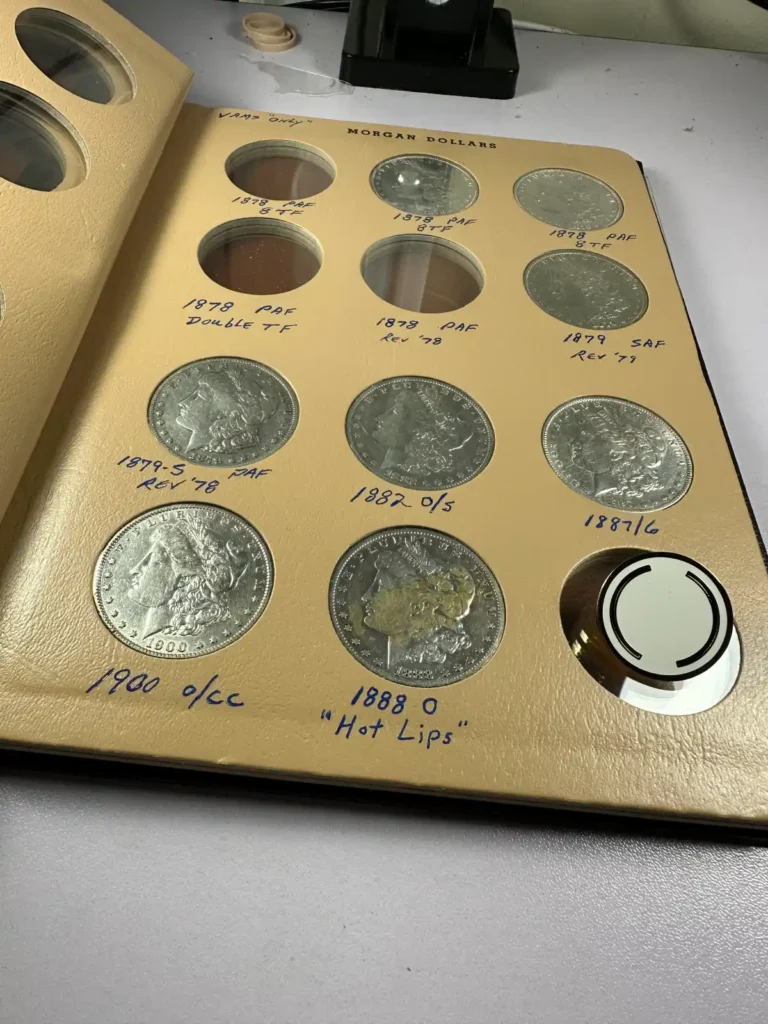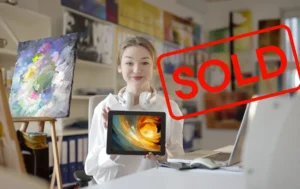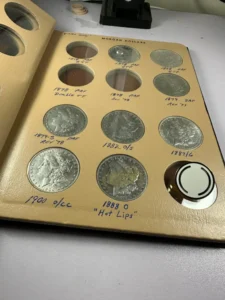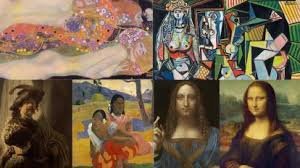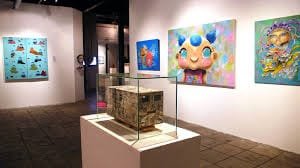Why is one pile of comic books worth a fortune while another is barely good for a garage sale? What makes a dusty painting, a childhood toy, or a digital token transform into an asset collectors fight over?
The world of collectibles is often seen as whimsical or unpredictable, and in many ways, it is. But beneath the surface of chance lies a fascinating formula, a kind of alchemy, where history, rarity, emotion, and sometimes pure market psychology converge to create value.
From stamp albums to Pokémon cards, ancient coins to NFTs, the worth of a collection doesn’t exist in a vacuum. A dynamic interplay of personal passion, cultural relevance, and economic forces shapes it.
“Behind every prized collectible is a story. Sometimes forgotten, sometimes faked, but always influential,” says Dr. Nina Harrow, curator at the London Institute of Cultural Heritage.
From Ancient to Algorithmic: What Connects All Valuable Collections?
1. Rarity: The Magnet of Demand
Rarity is often the first word that comes up when people talk about value in collectibles. But true rarity goes beyond simple numbers. It’s about scarcity that people care about.
“True rarity is contextual,” says Dr. Harrow. “A book with only 50 copies printed in 1850 may be rare, but if no one’s seeking it, it’s just obscure.”
Natural vs. Manufactured Rarity
Some items become rare organically — early baseball cards, wartime-recycled comics
Others are rare by design — NFTs capped at 10,000 editions, limited-run luxury watches
“The most valuable pieces are often the ones that weren’t meant to survive,” says Felix Ramos.
Case Study: The Inverted Jenny
1918 U.S. postage stamp with an upside-down airplane printing error
Only 100 in circulation
Last known sale: Over $1.5 million
The mistake that made millions
2. Provenance and Storytelling: When History Adds Weight
You could have two identical items — one might sell for hundreds, the other for thousands. The difference? Provenance — the item’s backstory and ownership trail.
“Collectors love a narrative,” explains Hannah Cho. “It’s not just what the item is, it’s where it’s been.”
When a Name Adds a Zero
Standard Rolex Daytona: ~$15,000
Same model worn by Paul Newman: $17.8 million
Even in digital spaces, provenance adds value — NFTs tied to historic events or influential creators are worth more.
One man’s wristwatch, another man’s investment
Beware of Forged Provenance
With high value comes high risk:
Forged signatures
Fake certificates
Manipulated blockchain metadata
“The story sells, but the story can lie,” warns Cho. “Always verify through third-party authenticators or blockchain explorers.”
3. Condition and Preservation: The Battle Against Time
Rarity and provenance get collectors excited, but condition often closes the deal.
A first edition of Harry Potter and the Philosopher’s Stone can fetch £50,000
A dog-eared, torn version? Much less
“Condition is like punctuation in a sentence,” says Ahmed Patel. “It doesn’t change the words but it changes how seriously people take it.”
One fetches five figures. The other might sit on a shelf for years.
Preservation Tips
Coins: Store in acid-free holders; avoid direct handling
Comics/Cards: Use Mylar sleeves and backing boards; keep away from sunlight
NFTs: Store in secure wallets; verify on-chain data
Proper preservation can mean the difference between a family heirloom and a financial liability
4. Cultural Relevance and Timing: The Pulse of Public Interest
Trends drive value, even if collectors don’t always admit it.
Barbie dolls surged after the 2023 Greta Gerwig film
Celebrity events or deaths spike related collectible prices
“Collectibles are cultural mirrors,” says Dr. Harrow. “They reflect what society cares about at a given moment.”
Yesterday’s toys. Today’s trophies.
Digital Trends Move Faster
Meme NFTs can spike or drop within weeks
Example: Disaster Girl NFT sold for $500,000 in 2021, but wouldn’t now
Collectors who watch culture, pop trends, and social media spot value shifts early.
5. Authenticity and Verification: The Core of Trust
No trust, no value.
Whether physical or digital, authenticity is the foundation of collectible worth.
“The deeper the value, the deeper the need for verification,” says Vega.
For Physical Collectibles:
Use grading services (e.g. PSA, CGC)
Get certificates of authenticity
Buy from reputable dealers or auction houses
For Digital Collectibles:
Verify creator wallets
Inspect contracts via blockchain explorers
Watch for fake minting sites and “right-click scams.”
6. Emotional and Aesthetic Appeal: The X-Factor
The final, intangible layer: beauty, nostalgia, sentiment.
Vinyl records aren’t rare, but their tactile feel and artwork create an emotional pull.
Toys, art, and digital assets often hold value because people love them
“Passion is the original currency,” says Ramos. “It always was.”
Communities often form around beloved items, and those communities fuel demand.
Sometimes value starts in the heart before it ever hits the wallet
Final Thoughts: The Value Equation
What makes a collection valuable?
It’s a cocktail of:
Rarity
Story
Condition
Timing
Authenticity
Emotion
Above all, it’s about meaning.
The most prized collections aren’t built overnight. They’re shaped by curiosity, care, and sometimes a little luck.
“Don’t just collect. Curate,” says Dr. Harrow. “Collect with intention, and your collection will reflect more than value. It will reflect you.”

